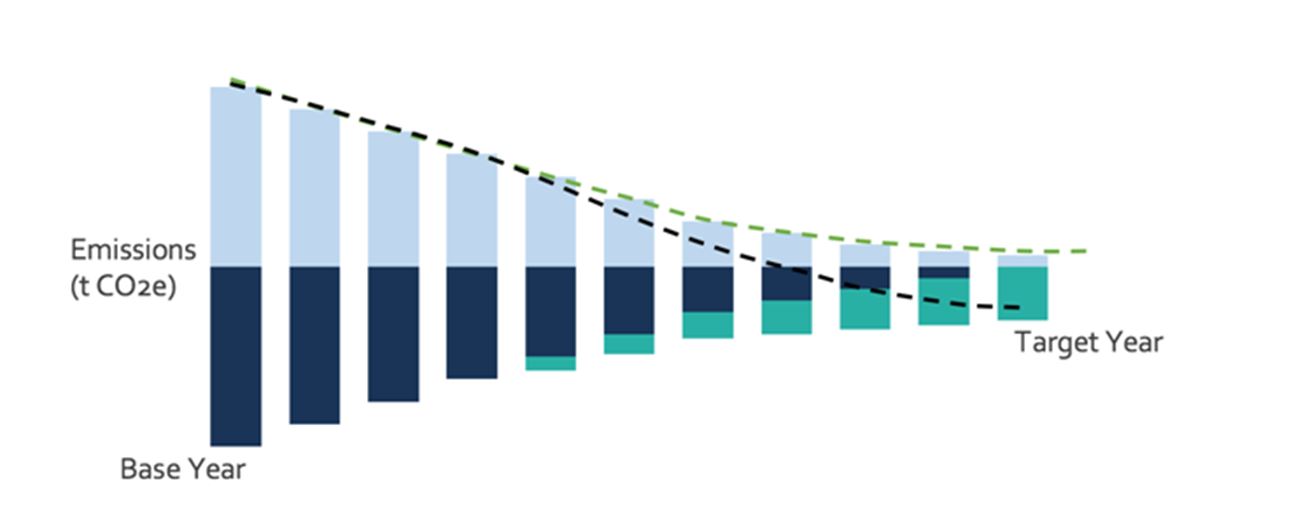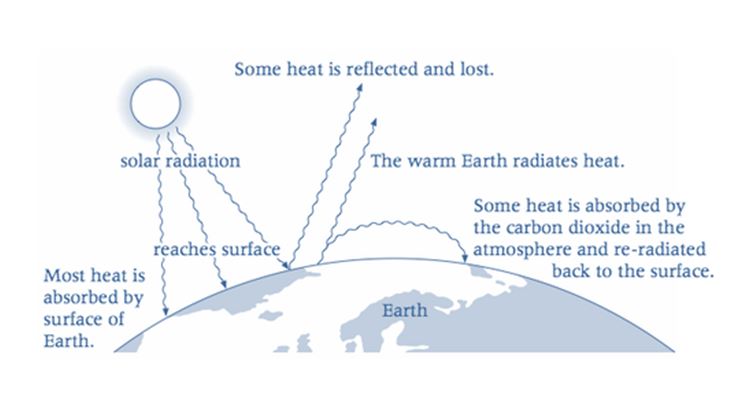Navigating the Carbon Frontier: A Holistic Approach to Greenhouse Gas Emissions Reduction

In the face of escalating climate crises, the imperative to mitigate greenhouse gas (GHG) emissions has never been more pressing. As a seasoned expert with over three decades of experience in environmental consultancy, I have witnessed firsthand the evolution of carbon emissions management strategies. In this article, we will delve into the nuances of GHG emissions, exploring innovative methods to reduce and eventually eliminate them, aligning with sustainable development goals (SDGs) and global climate agreements.
Understanding Greenhouse Gas Emissions

GHGs, including carbon dioxide (CO2), methane (CH4), and nitrous oxide (N2O), trap heat in the Earth’s atmosphere, leading to global warming and climate change. Major contributors include industrial processes, transportation, agriculture, and energy production. Addressing these emissions necessitates a strategic, multi-faceted approach.
The Carbon Neutral Imperative
Companies worldwide are recognizing the importance of becoming carbon neutral, aligning with SDG 13 (Climate Action). Achieving carbon neutrality involves balancing the amount of emitted GHGs with an equivalent volume of GHGs removed from the atmosphere. To illustrate, consider a corporation that emits 1,000 tons of CO2 annually. Offsetting these emissions could involve investing in reforestation projects or adopting renewable energy sources, effectively achieving a net-zero carbon footprint.
Innovative Reduction Strategies
1. Energy Efficiency Overhaul:
- Implementing energy-efficient technologies and practices can significantly reduce emissions. For instance, retrofitting facilities with LED lighting, optimizing HVAC systems, and upgrading machinery can collectively yield substantial energy savings.
2. Renewable Energy Adoption:
- Transitioning from fossil fuels to renewable energy sources like solar, wind, and hydroelectric power is pivotal. Major corporations like Google and Apple have successfully achieved 100% renewable energy for their operations, setting a commendable example.
3. Sustainable Supply Chains:
- Collaborating with suppliers to reduce emissions throughout the supply chain is indispensable. Companies can incentivize eco-friendly practices among suppliers, encouraging the adoption of sustainable materials and transportation methods.
4. Carbon Capture and Storage (CCS):
- CCS technologies involve capturing CO2 emissions from industrial processes and storing them underground, preventing their release into the atmosphere. CCS has the potential to revolutionize emission-intensive industries like cement and steel production.
5. Nature-Based Solutions:
- Reforestation, afforestation, and sustainable land management can sequester vast amounts of carbon dioxide. For instance, the Great Green Wall initiative in Africa aims to combat desertification by creating a mosaic of green and productive landscapes.
Beyond Reduction: Carbon Removal Strategies
While reducing emissions is critical, achieving true sustainability demands actively removing carbon dioxide from the atmosphere. Emerging technologies like Direct Air Capture (DAC) and bioenergy with carbon capture and storage (BECCS) are on the forefront. DAC systems pull CO2 directly from the air, while BECCS combines bioenergy production with carbon capture, providing a dual benefit of clean energy and carbon removal.
Case Studies: Real-World Impact
1. Microsoft’s Carbon Negative Pledge:
- Microsoft has pledged to be carbon negative by 2030, removing all the carbon it has emitted since its founding in 1975. The company invests in reforestation and carbon removal technologies, setting a remarkable precedent for the tech industry.
2. The Carbon Engineering Initiative:
- Carbon Engineering, a Canadian company, is pioneering DAC technology. Their air-capture facility in British Columbia removes one million tons of CO2 annually, demonstrating the tangible potential of carbon removal solutions.
GHG Protocols and ISO Standards
Managing GHG emissions involves adhering to internationally recognized protocols and standards:
1. GHG Protocols:
- The GHG Protocol, developed by the World Resources Institute (WRI) and the World Business Council for Sustainable Development (WBCSD), provides a standardized framework for measuring and managing GHG emissions. It encompasses Scope 1, 2, and 3 emissions, aiding organizations in quantifying their carbon footprint.
2. ISO Standards:
- ISO 14064 is an essential standard for GHG management and accounting. It offers guidelines for the quantification and reporting of GHG emissions and removals. ISO 14064-1 addresses GHG inventories, while ISO 14064-2 covers projects for GHG reduction and removal.
ISO Certifications:
- ISO 14001 (Environmental Management System) helps organizations integrate environmental sustainability into their operations. It can be a cornerstone of an effective GHG management strategy.
- ISO 50001 (Energy Management System) focuses on energy efficiency, supporting GHG reduction goals.
- ISO 14067 pertains to carbon footprint of products.
- ISO 14080 addresses the framework for cities and communities to assess their GHG emissions and foster sustainability.
Conclusion
Addressing GHG emissions requires a concerted effort from governments, corporations, and individuals. By embracing a comprehensive strategy that combines emission reduction efforts with innovative carbon removal technologies, we can make substantial progress toward a sustainable, low-carbon future. As environmental stewards, our responsibility is not merely to curb emissions but to actively contribute to healing our planet, ensuring a thriving ecosystem for generations to come.

